Thumbnail credit: © PHOTO12 via ZUMA Press
This video is available on Rumble, Bitchute, Odysee, Telegram, and X.
This is a book I wrote about race relations called Paved with Good Intentions. It came out in 1992, the year of the Los Angeles riots. Blacks didn’t like the verdict in the Rodney King case, and the result was six days of mayhem, 63 deaths, and more than 2,000 injuries.

Credit Image: © Gene Blevins/ZUMA Wire
The riots were one of the best arguments for my book: Race relations were a mess. Government policies such as affirmative action and welfare had denied reality and rewarded degeneracy. Constant harping on slavery and racism taught blacks to hate whites. I still think those policies were based on good intentions, but what matters is results, not intentions.
Back in 1992, I was respectable. The Conservative Book Club chose my book for its monthly selection, calling it “the most outspoken book the Club has ever offered. And the most painful.”

The book wasn’t outspoken. It said only that it wasn’t plausible to claim that white racism was the sole or even the main cause of black failure. It said nothing about race differences in IQ or ability to defer gratification.
And why was the book “painful”? Probably because even the Conservative Book Club wanted to believe that white people are the problem, and once we’re cured of racism, everyone will be happy, happy, happy. Today, you can’t find my book on the website. I guess Christopher N. Malagisi doesn’t want to admit that the club ever thought a beast like me wrote anything worth reading.

The myth of white wickedness dies hard. In 2020, 28 years after the LA mayhem, George Floyd went to his reward, and America got riots that went on for months, all over the country. The death toll was lower than in 1992—estimates run from 19 to 25—but property losses were in the billions, and the psychological impact was enormous.

Credit Image: © Leslie Spurlock/ZUMA Wire
The country went through the most intense and preposterous “racial reckoning” in American history.
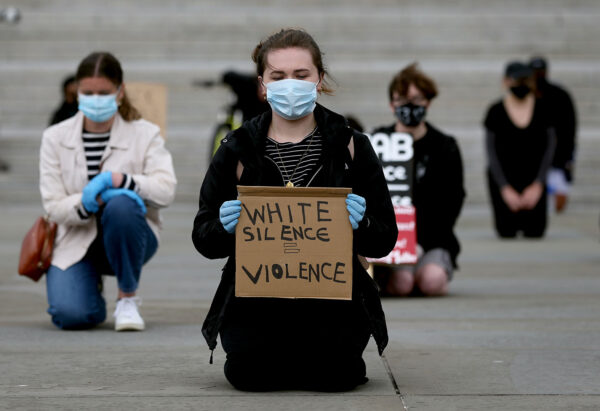
Credit Image: © Isabel Infantes/PA Wire via ZUMA Press
By 2020, identifiably racist acts by identifiably racist whites were so rare that scholars had to come up with increasingly implausible explanations for black degradation: “systemic racism,” “institutional racism,” “unconscious racism.” White people were oppressing black people whether we wanted to or not. It was our nature.
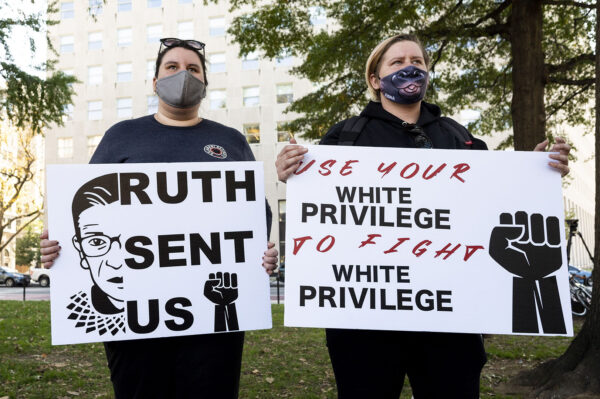
Credit Image: © Michael Brochstein/ZUMA Wire
The only cure was diversity, equity, and inclusion, which meant pushing preferences for blacks — and for other victims of white male malevolence — into every corner of American life.
The myth I tried to lay to rest 33 years ago refused to die: It’s still all our fault. But even if the myth were to die, and Americans began to realize that blacks and whites and Hispanics and Asians don’t all end up in the same place because they’re not the same — then would everyone be happy, happy, happy? No.
Our record of trying to build a multiracial society is terrible. I’m no expert on American Indians, but has their fate been a happy one?
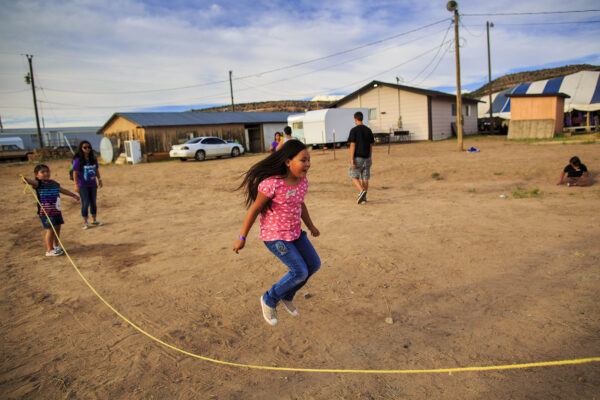
Credit Image: © Jack Kurtz/ZUMA Wire
As for blacks, our entire history can be seen as one clumsy attempt after another to make a mixed-race society work: slavery, emancipation, Reconstruction, Jim Crow, segregation, civil rights, busing, affirmative action, Critical Race Theory, DEI. Every one of them a disaster.
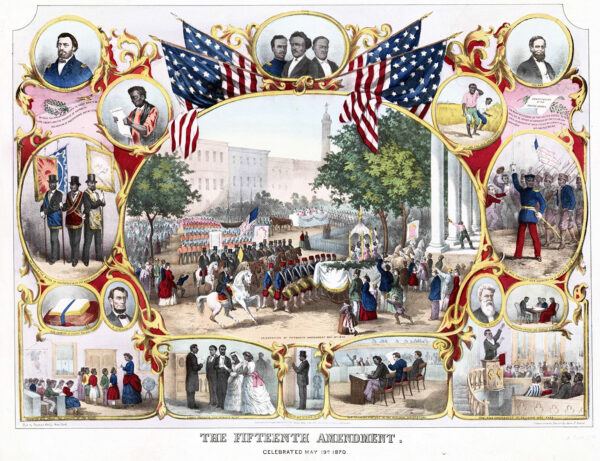
Credit Image: © PHOTO12 via ZUMA Press
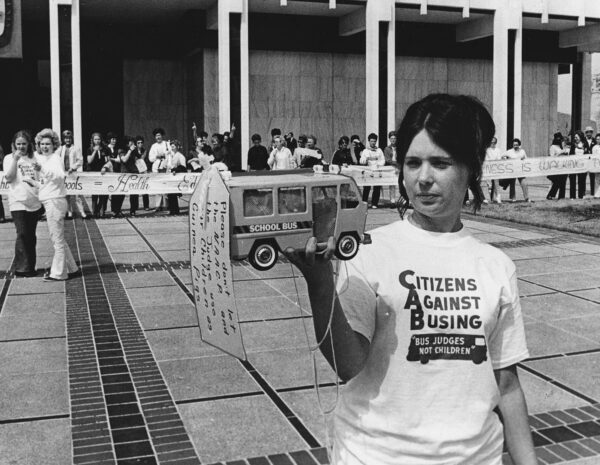
Credit Image: © The Commercial Appeal/ZUMApress.com
How many more tricks do we have up our sleeve that — like all the rest — won’t solve the problem? Who can promise there’ll be no more riots?
In 1835, Alexis de Tocqueville wrote about what he called “the great experiment” of Americans trying to build a self-governing democratic society.
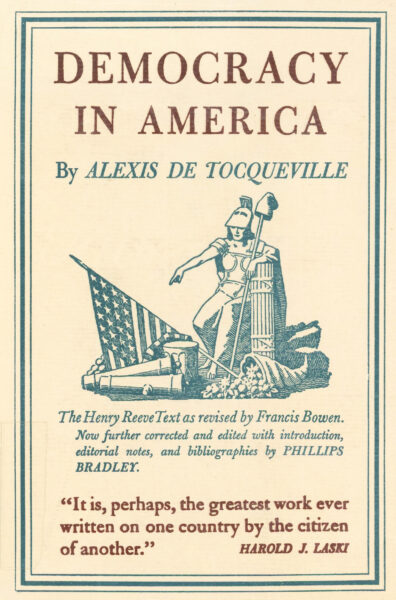
Now, when people talk about “the American experiment,” a big part of it means trying to build a happy, multiracial society. That experiment began 418 years ago, in 1607, when Englishmen founded the Jamestown colony in a place full of Indians.

Credit Image: © JT Vintage via ZUMA Press Wire
I declare the experiment a failure.
American society should be reordered. Let people of different races go their separate ways if that’s what they want. That may seem like a sharp U-turn but it’s not. Look at where people already live, where they go to church, whom they marry, who their close friends are.

Americans don’t fill their lives with the “diversity” we’re supposed to be so proud of. Not even the most fervent egalitarians take the most basic integrationist step available to anyone: buy a house and live in a black neighborhood.
America should stop fighting human nature. We should recognize the normal, healthy desires of many citizens to live in a way that is culturally and racially coherent.

Freedom of association is a basic freedom. For some, it means integration, but there should be no moral or legal obstacles to those for whom it means separation. And if separation extends to cities, counties, states, or regions, there should be no obstacles to that, either.
Ask yourself: What’s the point of a mixed-race society? Would you build one if you were starting from scratch? What are the advantages? Seriously. Is diversity so inherently marvelous that we should outlaw the very idea of people going their own way? No. People outlaw the idea because homogeneity is marvelous and people want it, but we’ve been on the road to nowhere for so long, we don’t dare turn back.

Credit Image: © Imago via ZUMA Press
One of the hardest things a person or a group or a nation can do is admit that a long-standing policy — one we’re supposed to cherish — has failed. We must have the courage to admit we failed.
You’ll recall that the Conservative Book Club called my book “painful.” What I’m proposing isn’t painful. It’s the opposite of painful. It should be an immense relief to realize that centuries of policies failed because the goal was futile. America has been in a 400-year shot-gun marriage full of tension, conflict, resentment, delusion, and heartache. What a relief when it ends.
It’s time for a new beginning, for attainable goals that will let individuals and groups freely seek their own destinies.
The post The American Experiment Has Failed appeared first on American Renaissance.
American Renaissance




 T1
T1


